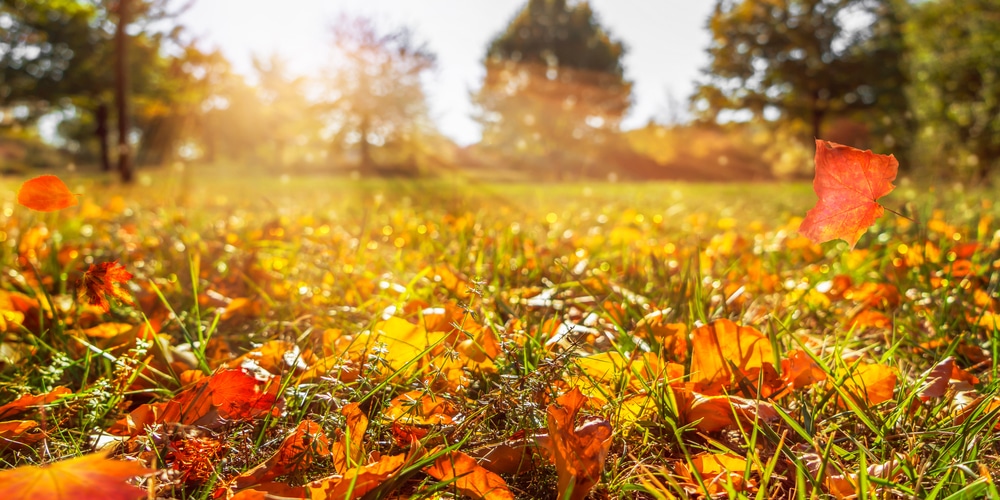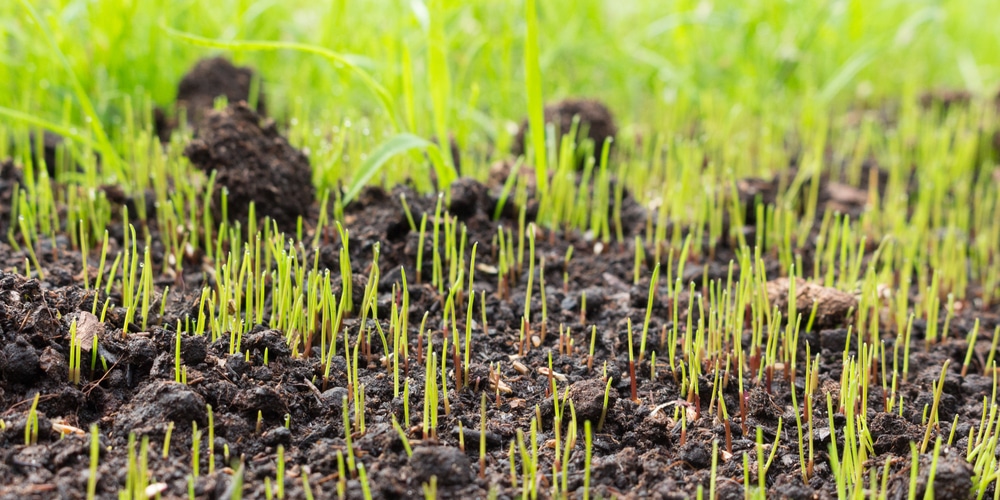When it comes to turfgrass, few types of grass can compare to the beauty and durability of hard fescue. This versatile grass is perfect for a wide range of growing conditions, making it a popular choice for homeowners and professional landscapers.
If you’re thinking about adding a hard fescue lawn to your property, this grower’s guide will teach you everything you need to know about successfully growing and caring for this grass.
What is hard fescue?

Hard fescue is a cool-season grass that thrives in cooler temperatures and goes dormant during the hot summer months. It has the botanical name Fescue longifolia and can be grown in USDA zones as low as 3.
Hard fescue is a fine grass with long narrow leaves. It can be grown in various conditions and is often added to commercial seed mixes. It’s a very drought-tolerant grass, making it an ideal choice for areas with little rainfall.
If you plan to plant hard fescue in an area with a lot of foot traffic, you may need to reseed your hard fescue lawn annually. This is because the grass blades can become damaged and worn down over time from all the foot traffic. Hard fescue grows in bunches and will fill in warn areas very slowly, so overseeding is recommended.
How to care for a hard fescue lawn
Hard fescue is a very disease-resistant grass variety that’s easy to care for and maintain. It needs to be mowed regularly and should be aerated at least once during the growing season. You can also apply fertilizer to help maintain your grass’s health.
As hard fescue is a cool season grass, you can plant it in late August to October when the weather starts to get cooler. The seeds can be spread at a rate of 3.5 to 4.5 pounds per 1,000 ft2. and will take between seven and ten days to germinate.
Here are some tips to help you grow a thriving hard fescue lawn.
Mowing
When it comes to mowing, hard fescue should be cut to a height of 2.5 to 4 inches, depending on your personal preferences. This grass also benefits from being overseeded every year or two to help fill any bare spots that may have developed.
Watering
Hard fescue doesn’t need a lot of water to stay healthy. In fact, too much water can actually be harmful to this grass. In warmer weather, you can give your grass some water in the early mornings.
Hard fescue will become dormant during a drought as a survival mechanism. However, the grass will be more fragile at this time. If your grass is dormant, it’s best to avoid walking on it as much as possible.
Fertilization
Fertilizing your hard fescue lawn is also crucial for keeping it looking its best. However, you don’t need to fertilize as often as you would with other types of grass. A slow-release fertilizer applied once or twice a year should be enough to keep your hard fescue lawn healthy and green.
Sunlight
Hard fescue grows well in areas that get the full sun as well as in shaded spots, as it’s very adaptable.
Weeds
Hard fescue is generally a dense grass that can crowd out weeds as long as it’s in good health. The best way to avoid weed infestation is to fertilize and water your lawn regularly and mow it to the correct height. You can remove any weeds by hand as they appear or use a spot herbicide treatment.
Conclusion
Overall, hard fescue is a low-maintenance grass that is perfect for busy homeowners who don’t have a lot of time to spend caring for their lawn. With just a little bit of TLC, you can have a beautiful hard fescue lawn that will last for years to come.
